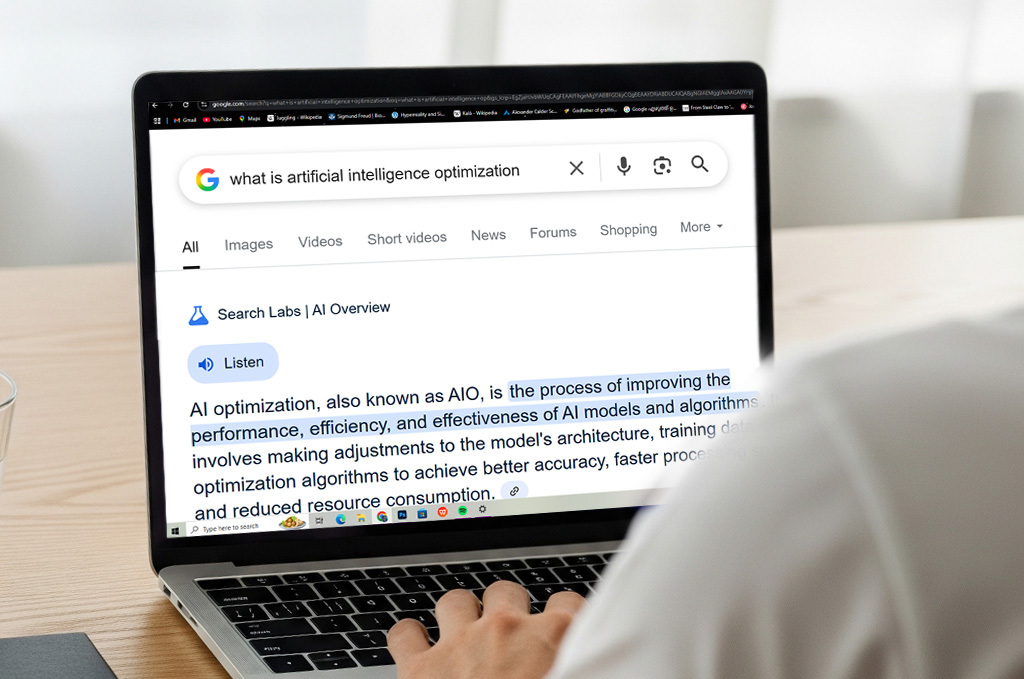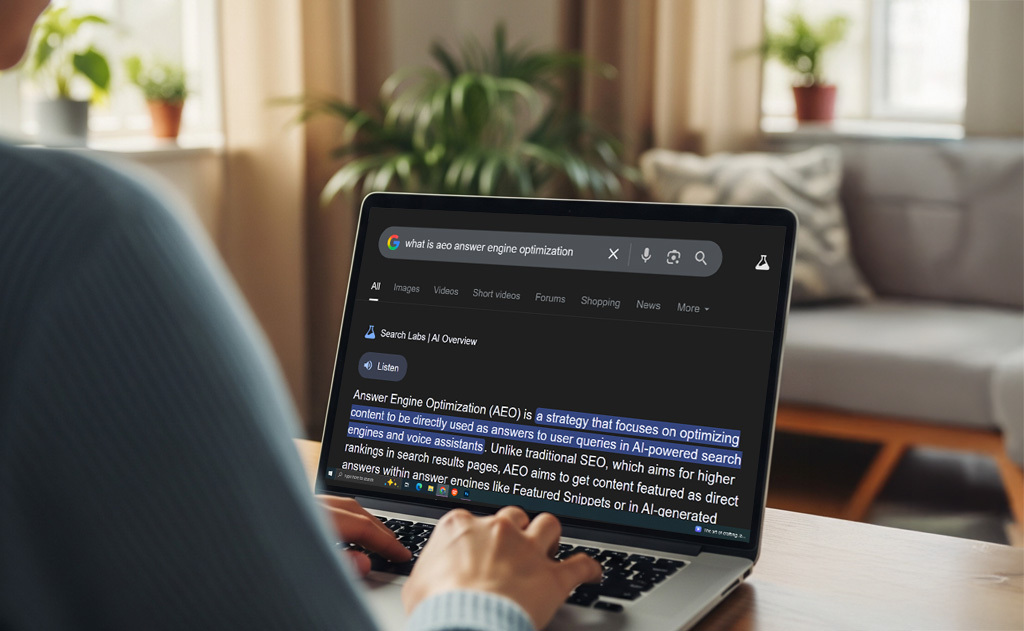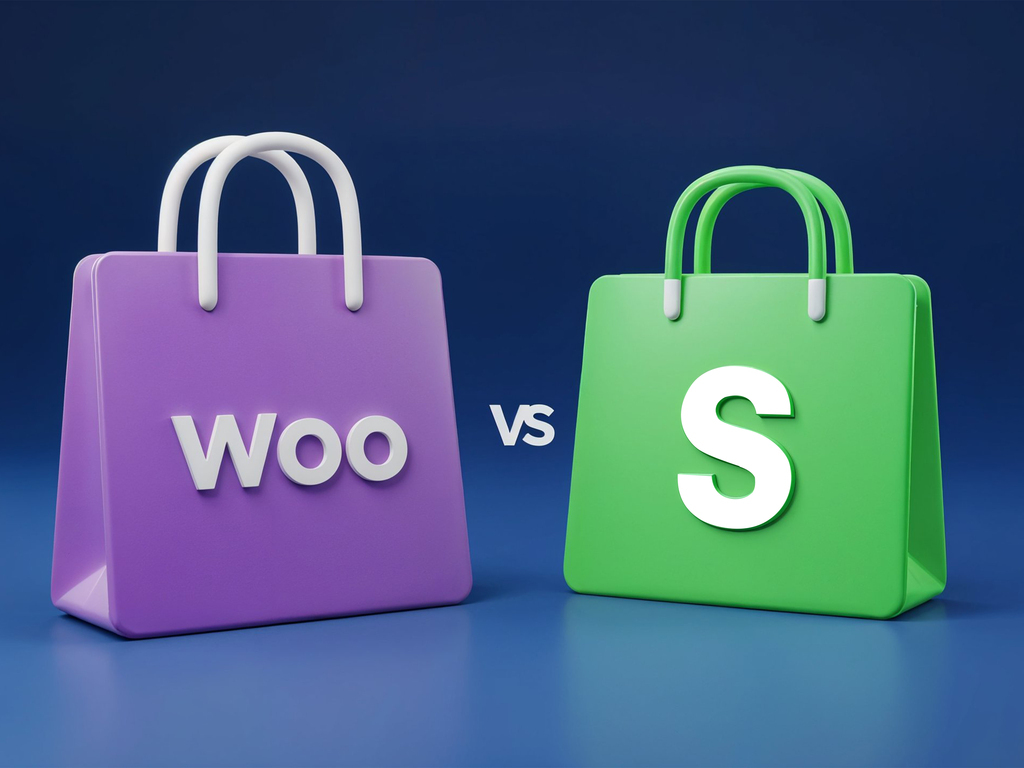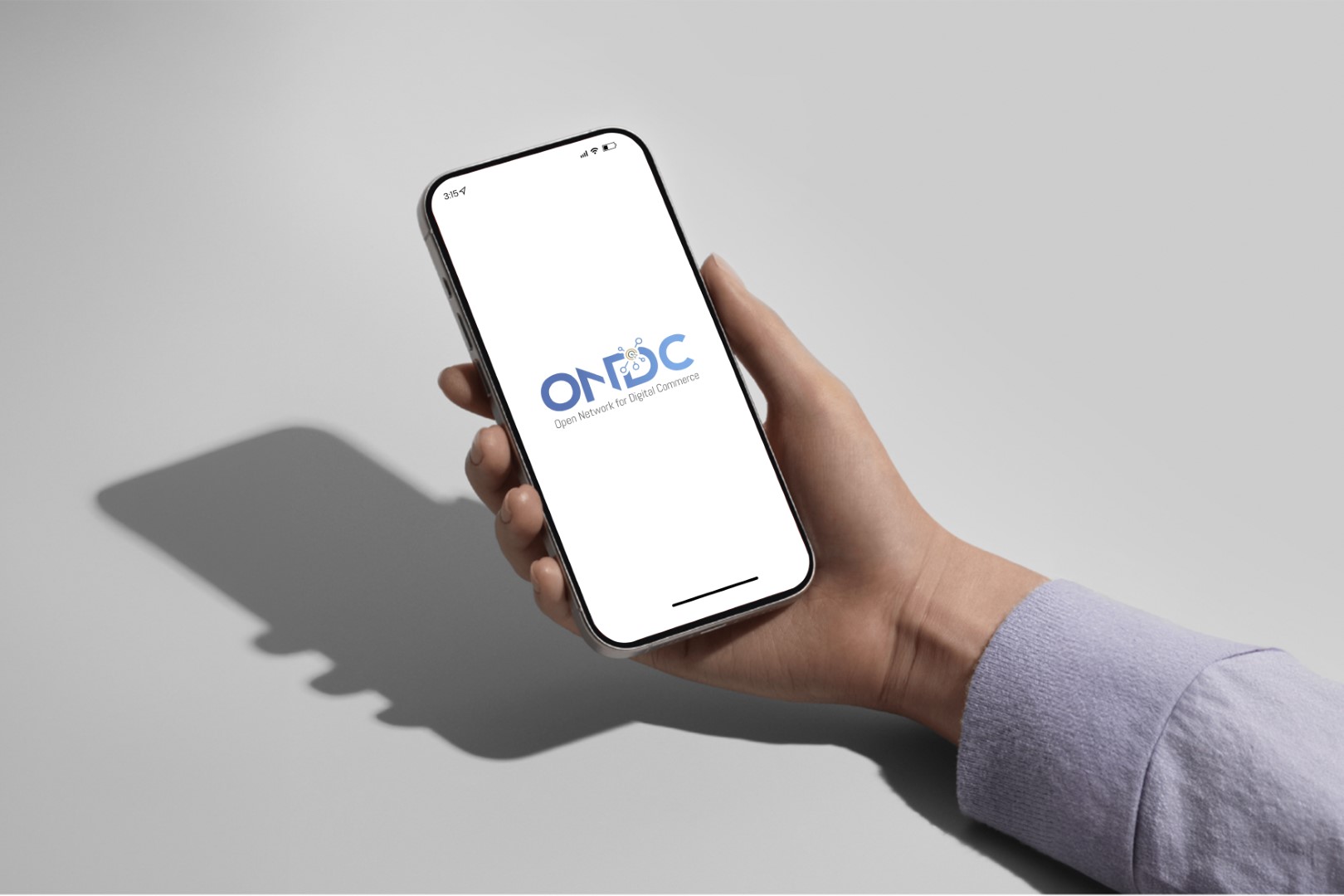
What is Artificial Intelligence Optimization (AIO)? Transforming Website Performance Through AIO
In today’s fast-moving digital landscape, fast isn’t fast enough—users expect instant, intelligent experiences. That’s where Artificial Intelligence Optimization (AIO) comes in: a holistic approach that blends AI-driven SEO with automated performance tuning to deliver lightning-fast, deeply relevant web pages that both people and AI engines love.
1. Defining AIO: Beyond Traditional SEO
AIO in the SEO Context
Artificial Intelligence Optimization—often called AI SEO—goes beyond stuffing keywords and building backlinks. Instead, it focuses on crafting content that AI systems (like Google’s Search Generative Experience or Bing with ChatGPT) can understand, summarize, and cite as authoritative answers.
AIO for Website Performance
On the performance side, AIO leverages machine learning to automate core-web-vitals improvements—think predictive asset loading, AI-powered image compression, and real-time server tuning—to achieve near-instant page loads without constant manual intervention.
2. Why AIO Matters Today
- User Experience & Conversions
Every 0.1 second of extra load time translates to 8.6 % fewer page views and 8.4 % fewer conversions—metrics that add up fast on high-traffic sites. - Search Visibility
AI-driven search engines prioritize concise, well-structured answers. By optimizing for AIO, you position your content to be the source AI references, not just a traditional SERP result. - Competitive Edge
Early AIO adopters win both the AI “answer” spots and deliver a superior user experience, leaving slower, less intelligent sites in the dust.
3. Core Components of AIO
3.1 AI-Driven SEO Strategies
- Real-Time Keyword & Intent Analysis
Tools like SEMrush and Ahrefs scan search trends and recommend high-value topics on the fly. - Predictive SEO
Machine learning models forecast ranking opportunities based on historical performance data. - Automated Technical Audits
AI crawlers detect crawl errors, schema gaps, and performance bottlenecks, then generate prioritized fix lists.
3.2 AI-Optimized Performance Techniques
- Predictive Loading
By anticipating user clicks, AIO systems preload assets to slash Largest Contentful Paint (LCP) and Time to Interactive (TTI). - Automated Media Optimization
AI dynamically resizes and compresses images/videos per device and network conditions, balancing quality and speed. - Smart Caching
Behavioral analysis drives dynamic cache decisions—what to cache, where, and for how long—boosting cache hit rates. - Real-Time Monitoring & Auto-Tuning
Continuous performance telemetry triggers AI-led server and CDN adjustments the moment metrics slip below thresholds.
4. Structured Data & Schema Markup
AI systems lean heavily on structured data to interpret and surface content. Implementing schema markup (e.g., FAQs, HowTo, Product) helps AIO tools and search-AI accurately categorize your pages and increases the likelihood you’ll appear in AI-generated answers.
5. AI-Powered Personalization
AIO isn’t just about speed and SEO. You can layer in:
- Dynamic Content Recommendations based on browsing history.
- Conversational Chatbots powered by NLP for instant support.
- Visual Search & AR Previews driven by computer-vision AI.
Each of these features deepens engagement and drives conversions by tailoring experiences in real time.
6. Step-by-Step AIO Implementation Guide
- Set Clear Objectives
Choose primary KPIs: Core Web Vitals, ranking lifts, or conversion rates. - Audit Your Site
- SEO: crawl errors, schema gaps
- Performance: LCP, CLS, FID/INP, TTFB
- Select & Configure AI Tools
Match tools to objectives—e.g., Surfer SEO for content, NitroPack for speed. - Integrate Into Workflows
Embed AI audits in CI/CD pipelines; train writers on AI-first content. - Monitor & Optimize Continuously
Use dashboards and alerts to refine strategies based on real-time data.
7. Case Study: Navigation AI in Action
A global e-commerce site implemented Navigation AI’s Speculation Rules API. Results:
- Load Time dropped from 6.12 s to 2.86 s
- LCP improved by 85 % (from 3.1 s to 0.4 s)
- CLS enhanced by 80 % (from 0.3 to 0.06)
- Overall TTFB reduced by 26 %
These gains translated into a 15 % uplift in engagement and a noticeable rise in conversions.
8. Best Practices & Common Pitfalls
- Blend AI with Human Oversight: Always review AI suggestions for accuracy and brand voice.
- Champion Authority: Back AI-generated insights with real data, expert quotes, and case studies.
- Respect Privacy & Accessibility: Ensure AI tools comply with GDPR/CCPA and WCAG standards.
9. The Future of AIO
- Conversational Search Optimization for voice and chat-driven queries.
- Edge AI Inference to bring predictions closer to users for sub-100 ms interactions.
- Generative UI Variants that auto-create and test multiple design layouts.
10. Conclusion
Artificial Intelligence Optimization is the natural evolution of SEO and performance tuning—melding AI-driven content strategies with automated speed improvements. If you’re ready to outrank, out-load, and out-engage your competition, start your AIO journey today.




